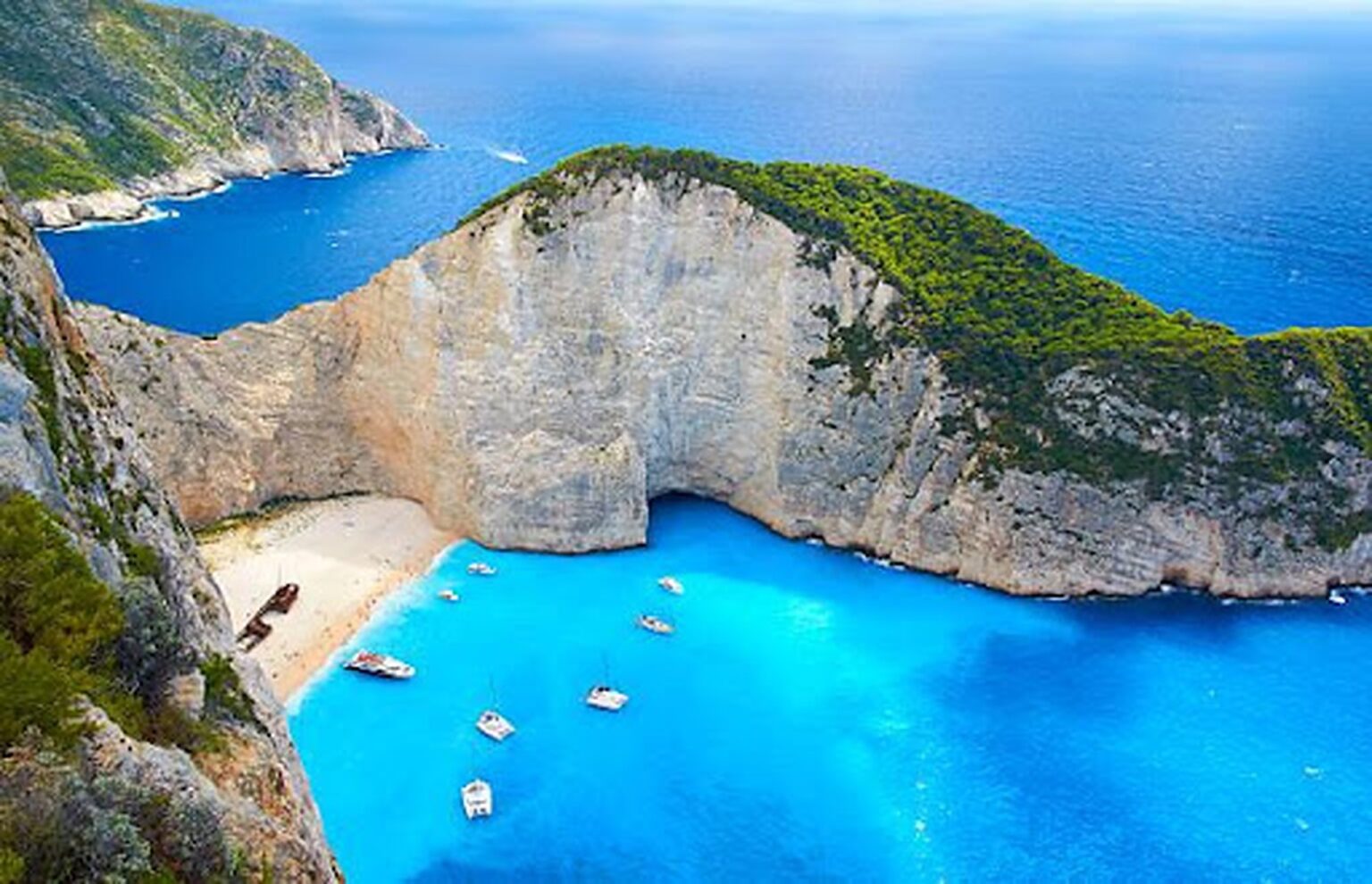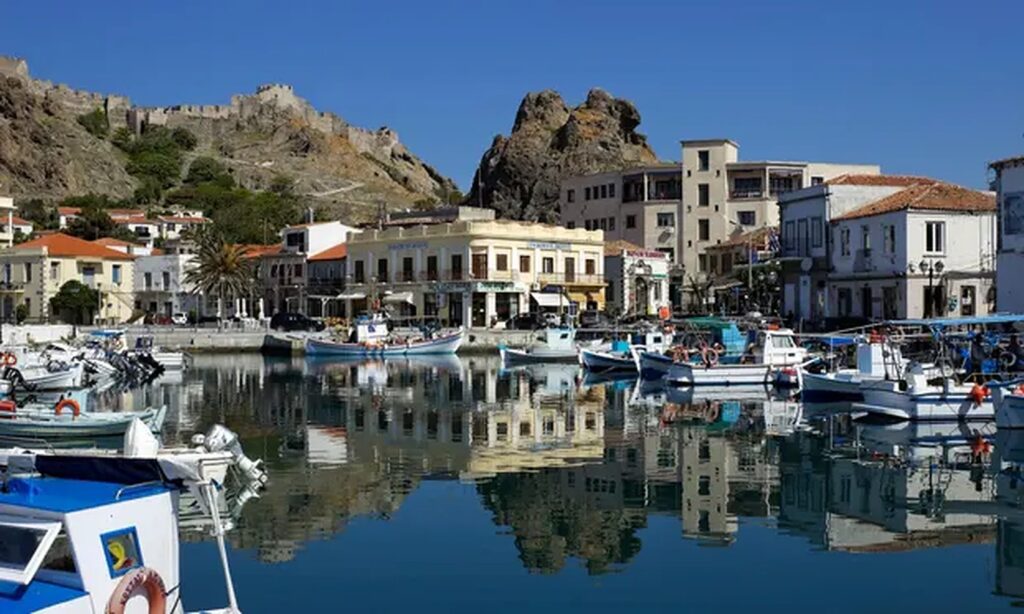
A travel guide to greek islands
Greece is a country in Europe that has a land area of over 50,000 square miles and a population of 10.7 million people. It is situated at the southernmost point of the Balkan Peninsula. Greece is strategically situated at the confluence of Europe, Asia, and Africa, sharing its northern land boundaries with Albania, North Macedonia, and Bulgaria.
If you’ve ever enjoyed Greek island hopping, you’ll either never want to depart or spend the majority of your life returning. Additionally, you will not ever run out of alternatives with over 6,000 Islands in Greek to pick from!
Greece does indeed have at least 6,000 islands, which are dispersed across not one but two seas. You must understand how these islands are divided into clusters to comprehend how wide it is.
In actuality, there are over 200 inhabited Greek islands (and about 6,000 islands total). From the Cyclades islands’ white and blue homes to the lush, green Ionian islands to the castle-dotted Dodecanese islands, each inhabited island has its distinct personality.
This Greek Island Tourist Guide offers all the information you require to plan your ideal holiday in Greece as we would be talking about how to travel, where to go, and when to go, from beautiful beaches to vibrant nightlife.
How to Travel?
The majority of travelers will take a flight to Athens, Crete, Santorini, Mykonos, Kos, Rhodes, or Corfu from a hub in western Europe, often London, Paris, Amsterdam, Berlin, Frankfurt, Rome, or Venice. Flying through Istanbul, Tel Aviv, Dubai, Mumbai, Delhi, or Singapore is an option if you are arriving from the east.
The best flying advice we can give is to fly from and to various airports to avoid wasting time and money traveling back to your starting location.

Where to Go?
The islands are what make a trip to Greece worthwhile. Greece has six major island groups overall, in addition, is Crete, a major stand-alone.
The Greek Island Groups
- The Argo-Saronic Islands
The Argo-Saronic islands are among the most beautiful and are the closest to mainland Greece. With its upscale shops and stone structures, exploring the car-free island of Hydra is a must.
Poros has beaches that are sheltered by trees, while Aegina has a nice coastal town and sandy shoreline for a family-friendly setting.
- The Cycladic Islands
The Cyclades, with their white-washed homes and vibrant blue domes that adorn postcards and magazine covers, is without a doubt Greece’s most attractive islands.
Your go-to destination for lively bars and beaches in Mykonos. For honeymoons or those searching for a romantic location to propose, Santorini is heaven. And Milos has more than 70 distinct beaches, all of which seem to be more stunning than the others.
- The Dodecanese Islands
The Dodecanese islands, which consist of 12 main islands and several smaller islets, are a haven for adventurers. Discover Greek-era cities, dive sites, and rolling hills for cycling and trekking. There won’t be a hard time while exploring this area, that much is certain.
- The Ionian Islands
The Ionian islands, which are situated off the west coast of Greece, have a strong Italian ancestry. Many of them continue to use both their Greek and Italian names.
Corfu is one of these islands that is most well-known. The Ionian islands may be the most beautiful of them, with picturesque Old Towns and undeveloped beaches.
- The Northeast Aegean Islands
The architecture of the little villages on the islands, which are off the coastline of Turkey, is still influenced by the island’s diverse cultural history, and you can sense the Byzantine presence there all the time. For tourists seeking an experience off the usual route, this group is ideal. The island has been protected from commercial tourism and has remained mostly untouched for decades.
- The Sporades Islands
Only four of the 24 islands in this group are inhabited; if you’ve watched the film, Mamma Mia, you’ll be able to identify them. Traditional Greek towns, white pebble coves, and lush green pine trees are set against a backdrop of golden sand beaches. Don’t miss these treasures if you want to experience a Greek island in its truest form.
- Crete Island
Crete is the biggest Greek island and the sole one that is geographically distinct from the others. It is the furthest south of all the islands, nearly midway between Europe and Africa. There are upscale resorts, amazing beaches, ancient ruins, and quaint communities along the more than 1,000 kilometers of coastline. Not to add, the cuisine here is among the greatest in Greece!

How do you get between the Greek Islands?
The most common method of traveling between Greek islands is via ferry, however, you may also rent a boat or fly if you’d rather. Although slower, larger automobile ferries provide a more comfortable journey.
You can decide to choose a high-speed catamaran or hydrofoil (sometimes called “Flying Dolphins”) for a quicker sea voyage.
There are, however, occasional flights between the islands and (more frequently) flights via Athens between separate islands if you prefer the air over the sea trip, though they are pricey and have unpredictable schedules. The majority of routes call for using the boat.

When to Go?
Timing is crucial when organizing your island holiday in Greece. The best seasons to visit are between June and September because of the nice weather and low tourist traffic. There are more boat routes available during the busiest travel months of July and August, and good beaches will be lively.
Visit Greece between June and September to take advantage of the beaches and warm weather. The ideal times to visit Greece are from late March to early June and from late September to early November for sightseeing, touring, trekking, and exploration.
Between November and March, it is not advised to visit the Greek Islands because of the gloomy, windy, and sometimes wet weather, as well as the fact that many hotels and eateries will be closed for the season.
The greatest times of year to visit Athens are in the spring and fall, although the city is pleasant all year round. The Winter months are still pleasant since there are fewer tourists and lower prices.
What to Pack?
These are some of the few items on your Greece packing list that you must include in your backpack regardless of whether you want to spend your days relaxing on the broad beach, seeing the ancient sites, island-hopping, or trekking to world-class viewpoints.
- A pair of relaxed sandals or walking shoes.
- Outdoor gear includes suitable hiking shoes, bug spray, and a portable water bottle.
- Daypack or tote (zipper included) or your bag.
- All electronic chargers and a charging adaptor.
- Swimwear and a towel (hotels provide towels, but it’s preferable to bring your own).
- Sunglasses, a hat, and sunscreen.
You should probably think about bringing Marine Sea Safe sunscreen when discussing sunscreen.
Safe Sea Product.
A fantastic roduct that goes above and beyond basic sun protection is Safe Sea.
Are you aware that a safe sea protects your skin against harmful UVA/UVB sun rays, sea lice, swimmer’s itch, and other marine stingers when you apply a safe sea product?
It is well known that the safe sea is both marine sea safe and waterproof! Apply enough sunscreen to all exposed areas 30 minutes before going anywhere near the sun or open water for the best protection.
Whether you’re looking for a quiet island getaway, a stroll through historic cobblestone lanes, or an exciting climb, the Greek islands have it all. I hope that by providing you with this guide, we were able to address some of your main concerns about visiting Greece.







